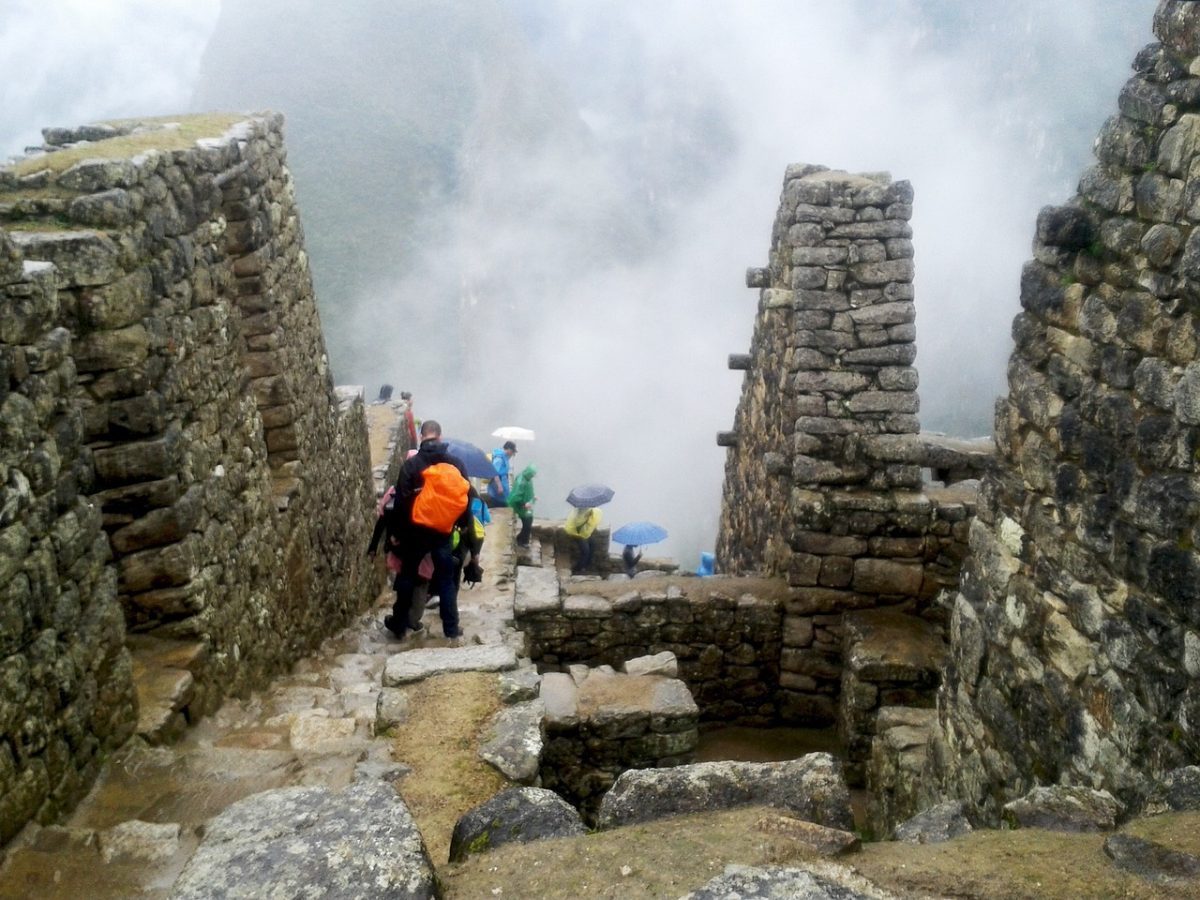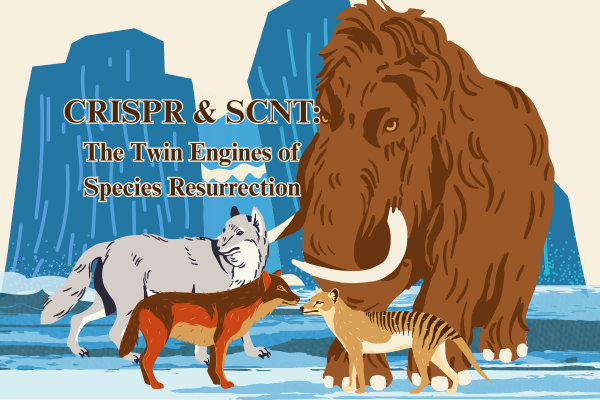Just recently, one of the Incan’s most famous sacrifices was reconstructed by scientists and a Swedish sculptor. The mummified body of the girl was discovered in 1995 at the top of Ampato volcano. At only 13 years old, Juanita was sacrificed between 1440 and 1450 A.D. With body scans, DNA analysis, and other studies, scientists were able to accurately determine and demonstrate her appearance. This important advancement has given researchers more insight on life in the Incan empire and why they might’ve performed human sacrifices.
The Incan Empire, one of the largest and most successful ancient civilizations, was like the “Roman Empire of the New World.” With over 26,000 miles of roads and thousands of unique structures spanning from Columbia to central Chile, the Incans were some of the most innovative and technologically advanced people.
Despite their technological advances, the Incans still suffered greatly from natural disasters and weather patterns. Located along the fault zone of the Nazca and South American tectonic plates, the Incan empire was frequently affected by violent earthquakes and volcanic eruptions from the Pacific’s “Ring of Fire.”
In addition to being impacted by disasters from the Pacific Ring of Fire, the mountainous Andes region is also damaged by the El Niño weather phenomenon. El Niño occurs between every 2 to 7 years when the typical upwelling of cold, nutrient rich water is replaced by warm, eastward moving water along the equator. This impacts coastal fishing along the Peruvian coast and brings heavy flooding and precipitation to the Andes mountains. The heavy flooding destroyed buildings and homes within the Incan empire, further affecting them.
Due to the various natural disasters wrought on the civilization, the Incans turned to religion. They believed that each weather pattern was controlled by a set of gods, so they sought to form and maintain relationships with them. In order to achieve this, they provided a variety of offerings, ranging from prayers, food, leaves, blood, and human sacrifices. Only the most beautiful children were offered to the gods as a sign of peace during periods of difficulty. Though seemingly cruel, the Incans believed that the children would be better off in the afterlife, free from troubles. The afterlife was a prominent part of death within the Incan religion.
As a result of sacrifices performed throughout the period of the Incan empire, more Incan mummies might be discovered and reconstructed in coming years. As scientists gain more knowledge on life in the Incan empire, they can understand how they built such an impressive empire so many years ago.














